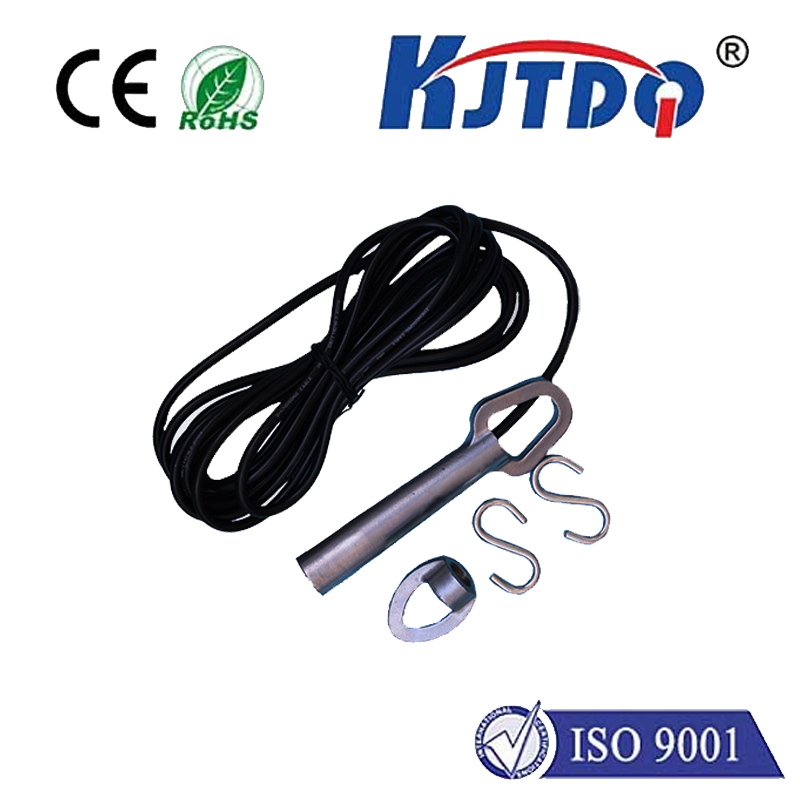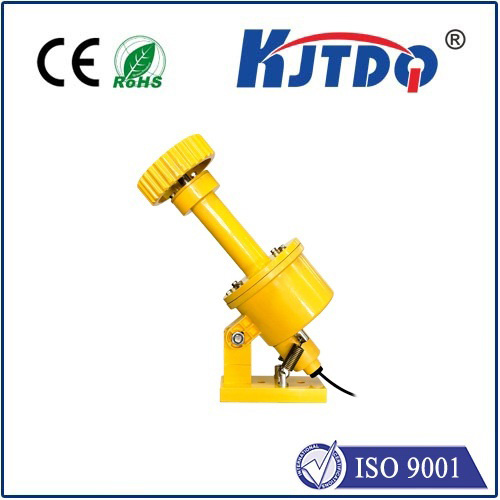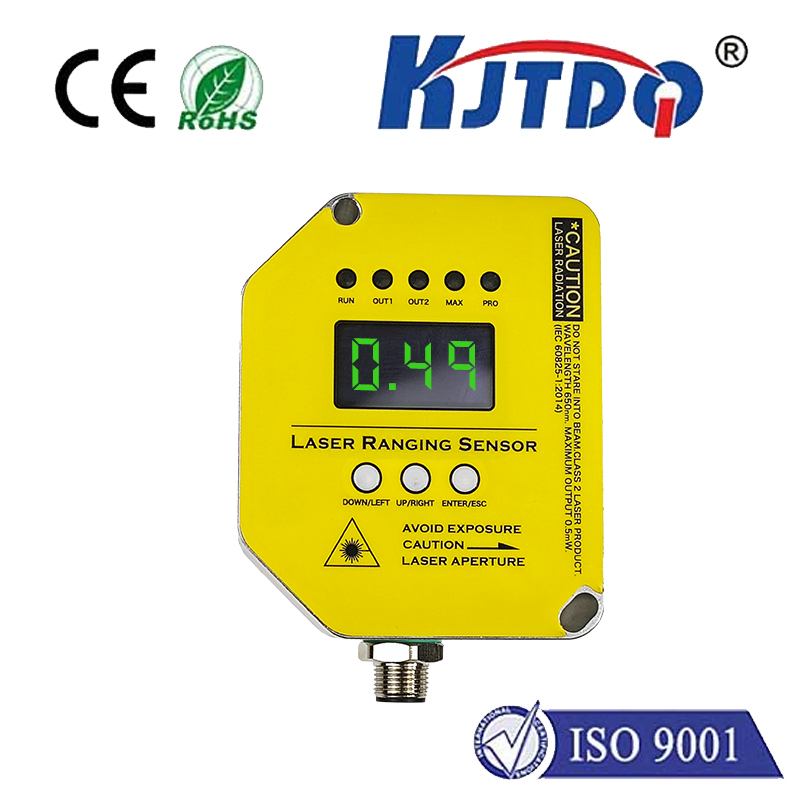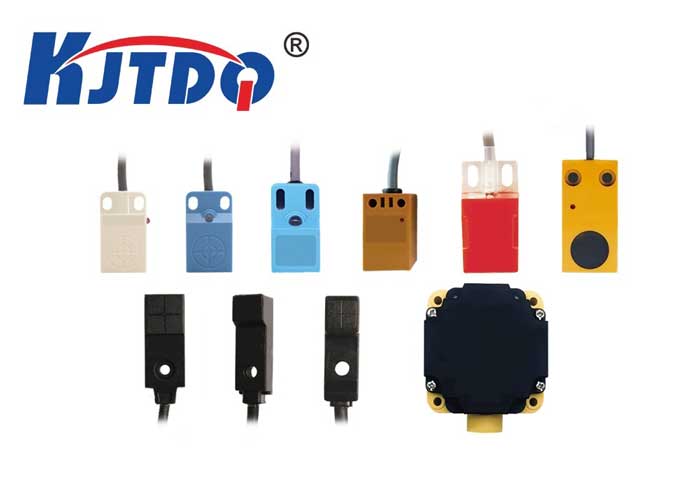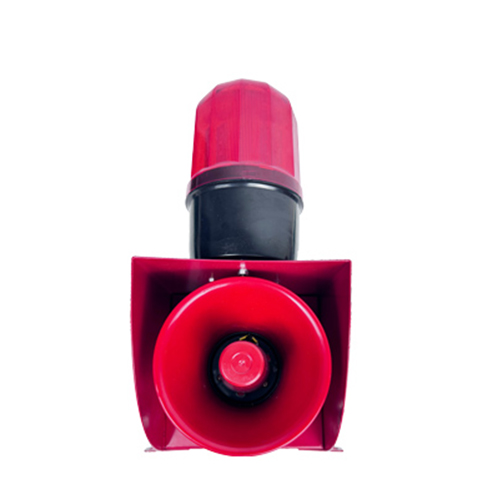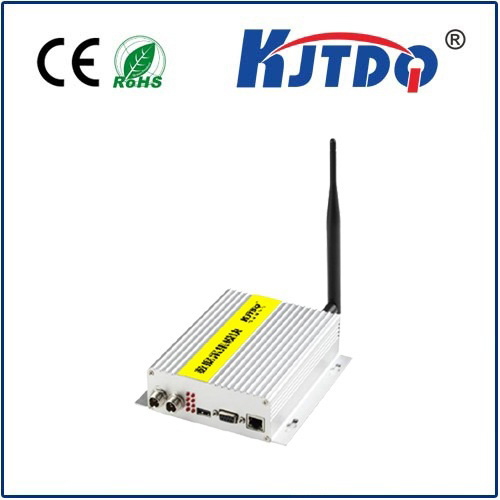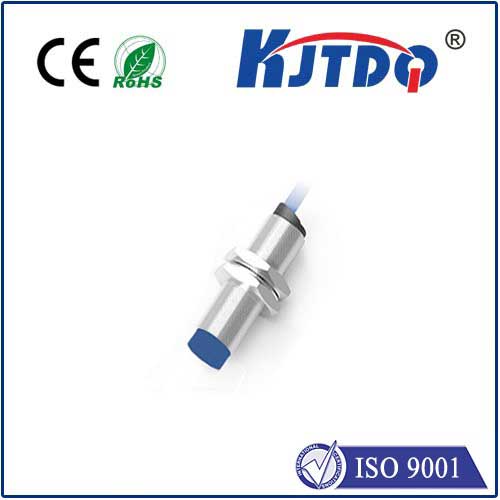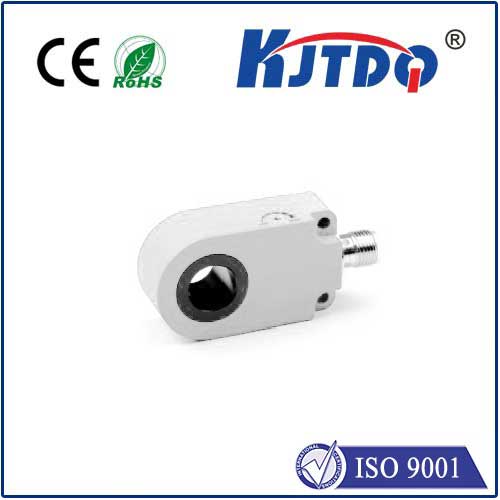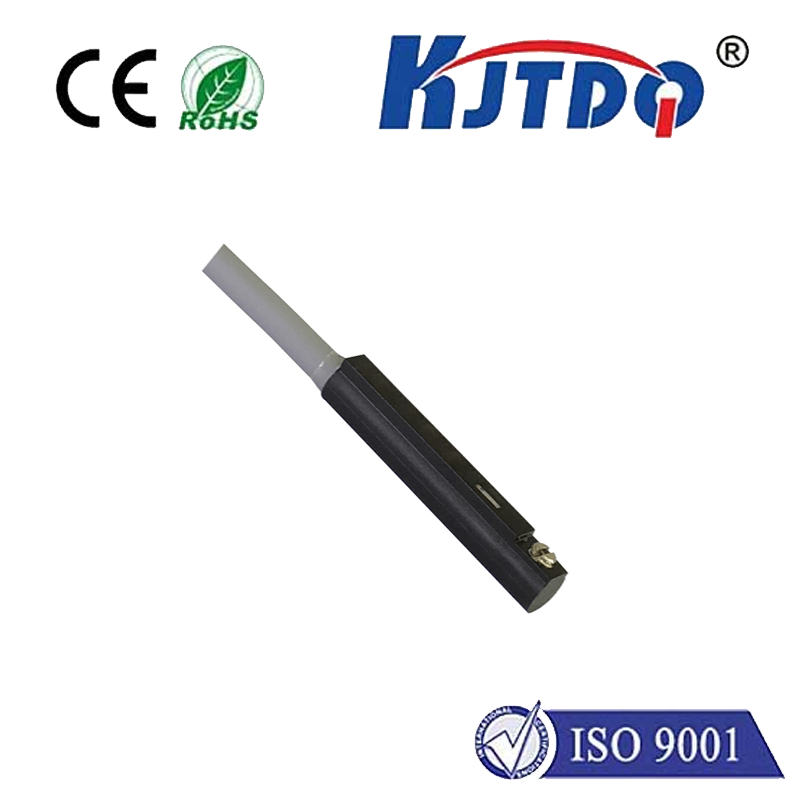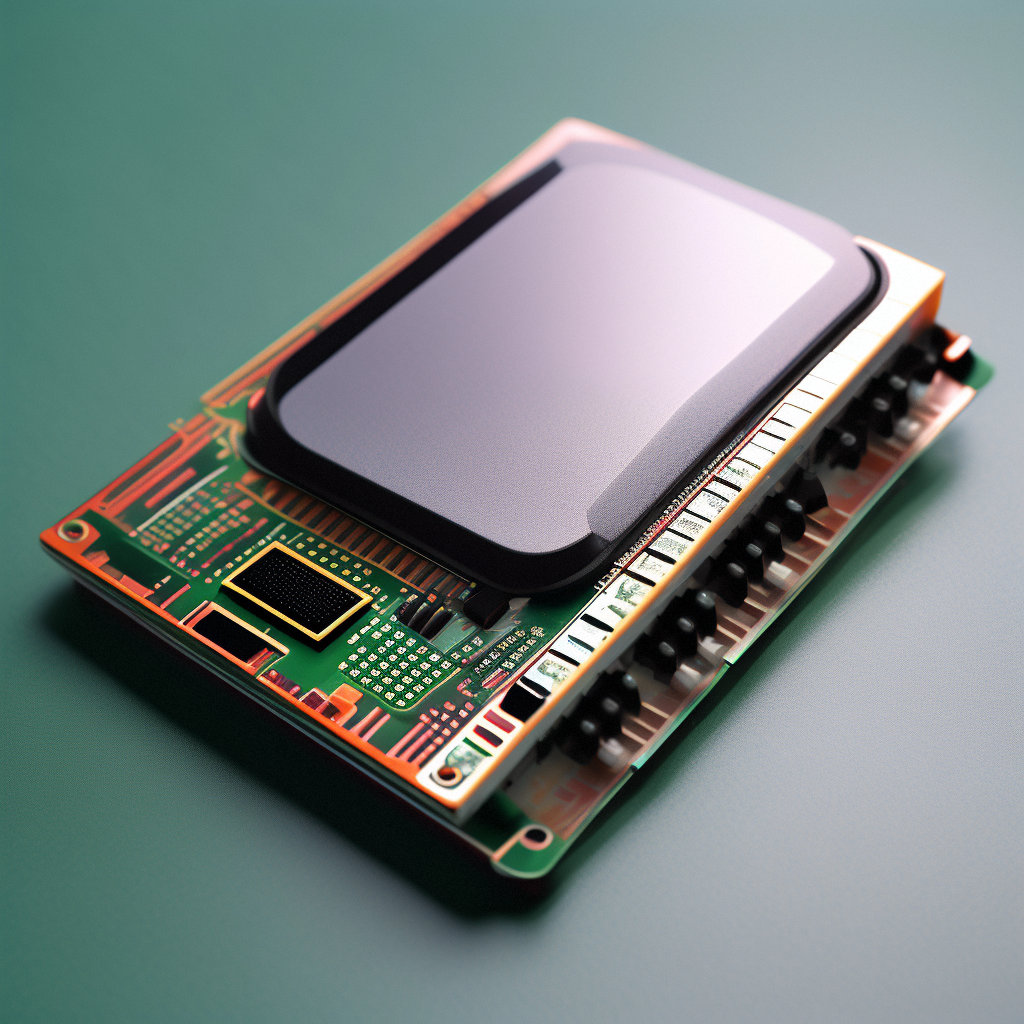

check

check

check

check

check

check

check

check

check

check
PL-210N Limit Switch: Enhancing Valve Control and Monitoring
The APL-210N limit switch, a specialized signal device designed for remote valve control, has been making significant waves in the automation industry. This innovative component, developed by Triac, is revolutionizing the way valves are operated and monitored, providing a reliable and robust mechanism for signaling valve status. By leveraging this technology, facilities can ensure precise control over their valve operations, thereby optimizing overall system efficiency and safety.
Central to the functionality of the APL-210N is its ability to indicate the operational state of a valve through two distinct modes—mechanical contacts and proximity switches. This versatility allows users to choose the option that best fits their specific needs and system configurations. The mechanical contact variant offers a traditional approach with physical touching to signal state changes, whereas the proximity switch employs a more modern, non-contact method for detecting valve position. Both types reliably convey whether a valve is open or closed back to the control room.

In terms of compatibility, the APL-210N is designed specifically for气动蝶阀 and ball valves, covering a wide range of industrial applications. Its design follows the NAMUR standard, ensuring universality and ease of integration into existing systems. The NAMUR standardization means the switch is compatible with various instrumentation and can be seamlessly integrated into diverse industrial setups.
One of the paramount features of the APL-210N is its capacity to transform the "open" and "closed" positions into passive contact signals. These signals are then clearly displayed on the exterior shell of the feedback device itself, eliminating guesswork and enhancing operator awareness. With clear 'OPEN' and 'CLOSE' indicators, operators can visually confirm the current state of the valve without needing additional diagnostic tools or complex procedures.
Furthermore, the design characteristics of the APL-210N emphasize not only functionality but also durability. Triac ensures that their limit switches undergo rigorous testing and are manufactured to high standards, boasting impressive operational lifespans ranging between 1000000 to 2000000 cycles. This reliability translates into reduced maintenance frequencies and extended service intervals, offering cost savings and uninterrupted operation in demanding environments.
As we consider the importance of accurate valve control in industrial processes, it becomes clear how the APL-210N limit switch plays a pivotal role in risk mitigation and process optimization. By providing real-time feedback on valve status, facilities can respond swiftly to any deviations from normal operation, thus preventing potential accidents or downtime. This level of control and surveillance is crucial in sectors where precision and reliability are paramount, such as in chemical manufacturing, water treatment, and power generation.
In conclusion, the Triac APL-210N limit switch stands as a testament to the evolution of valve control technologies. With its ability to provide instantaneous and reliable feedback on valve positions, coupled with its robust construction and NAMUR compliance, it emerges as an essential tool for enhancing productivity and safety in industrial environments. As we look toward the future of automated systems, components like the APL-210N limit switch will undoubtedly continue to play a critical role in achieving optimal efficiency and control.
